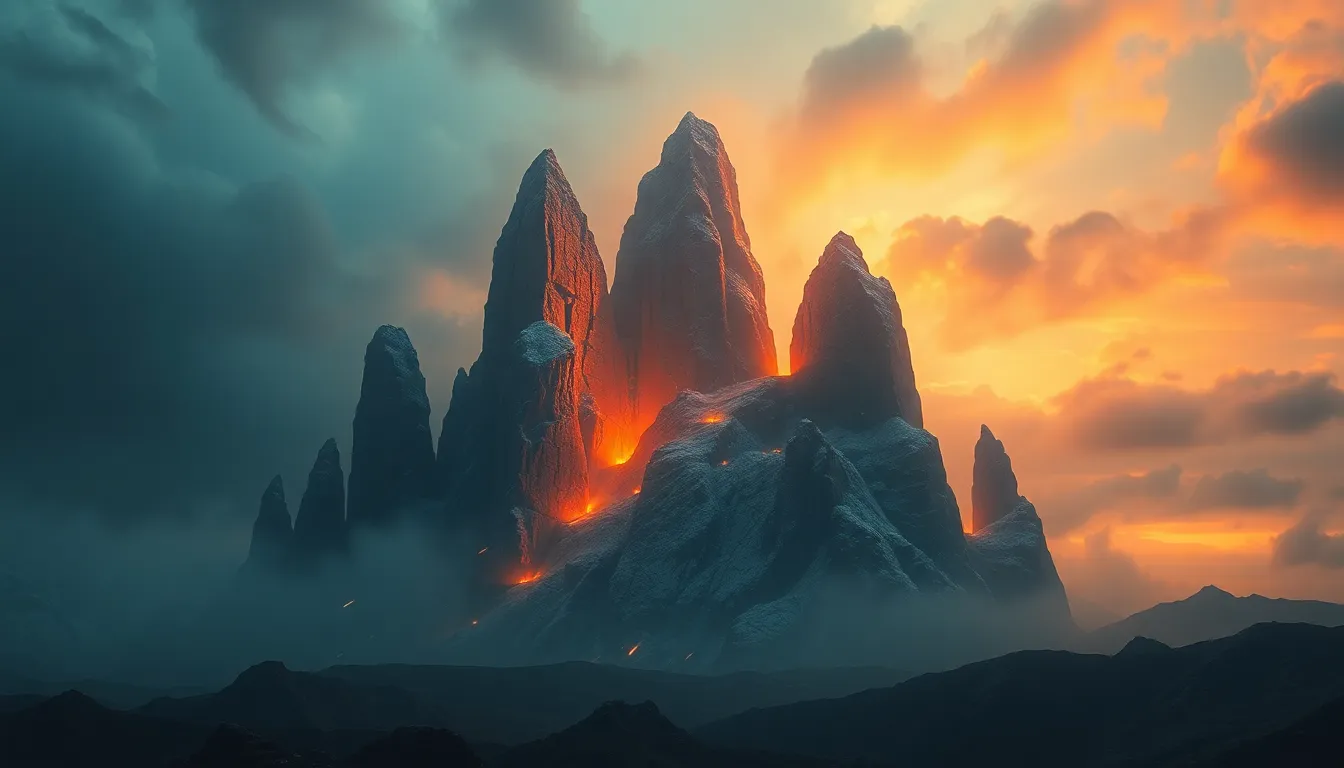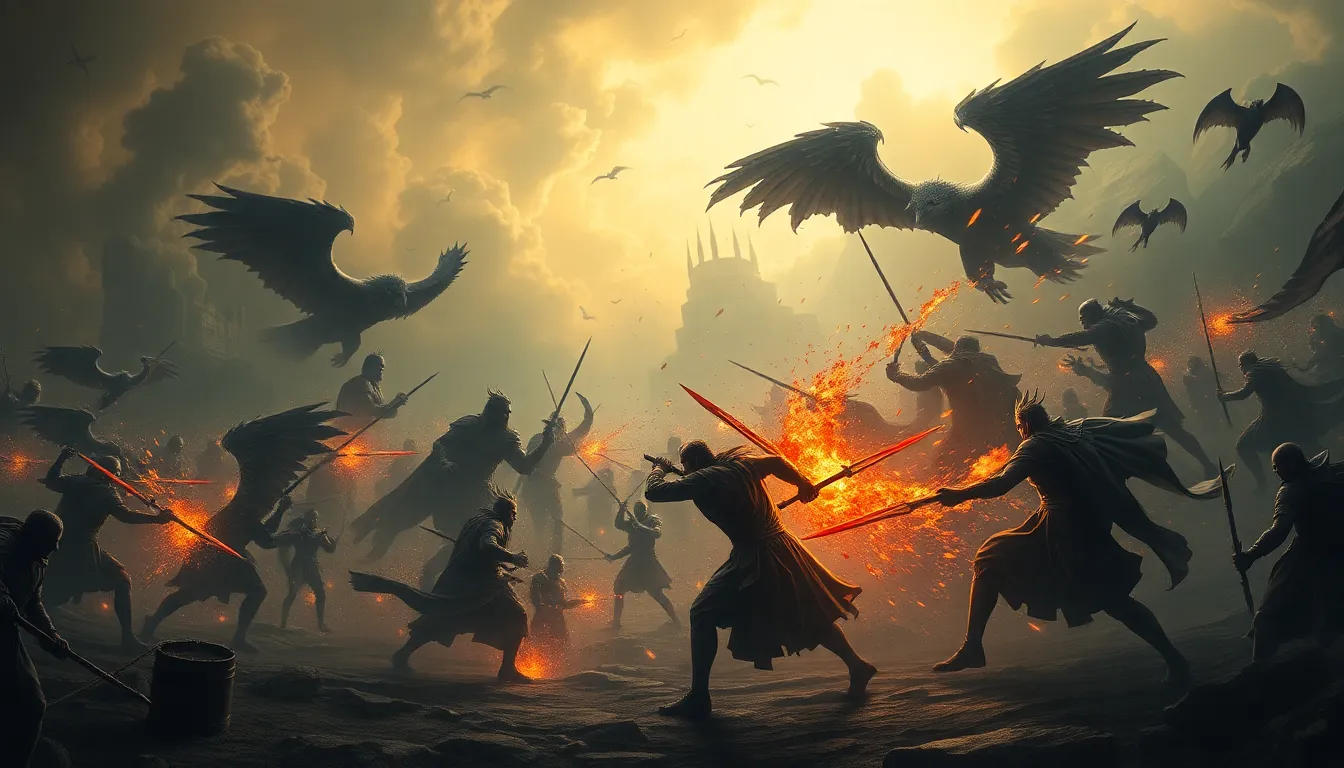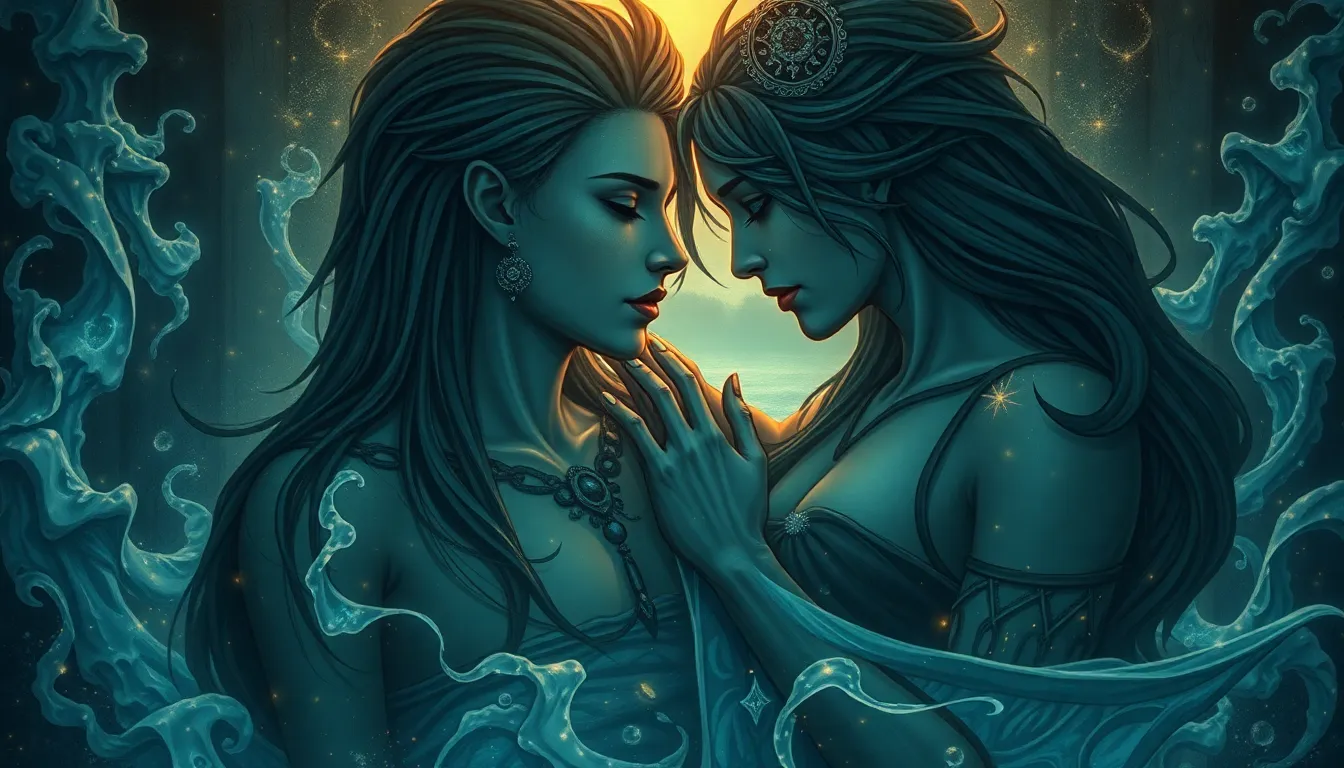The Most Unbelievable End of the World Myths You’ve Never Heard
Introduction: The Allure of Apocalypse
Throughout history, humanity has been captivated by the idea of the end of the world. From ancient texts to modern films, apocalyptic scenarios have found their way into our collective consciousness. This fascination is rooted in our desire to understand our place in the universe and what might happen when it all comes to an end. Myths and legends play a crucial role in shaping our perceptions of these scenarios, often reflecting cultural fears, hopes, and values. In this article, we will uncover some of the most unbelievable and lesser-known end-of-the-world myths from various cultures around the globe.
Ancient Civilizations and Their Unique Doomsday Prophecies
Many ancient civilizations had their own unique take on apocalyptic events. While the story of Noah’s Ark is widely known, other cultures created rich tapestries of doomsday prophecies that are less familiar.
- Sumerians: The Sumerians believed in a cyclical concept of time, where the world would experience periods of creation and destruction. Their myths often featured gods who would cleanse the earth of humanity’s sins.
- Mayans: While the Mayan calendar gained notoriety for predicting the end of the world in 2012, their cosmology included cycles of creation and destruction that were far more complex and nuanced.
These ancient myths highlight the interplay between religion and cosmology, emphasizing how the end of the world was often seen as a necessary renewal rather than simply an ending.
The Myth of the Blue Star Kachina
In Hopi prophecy, the Blue Star Kachina is a significant figure that signals the coming of the end times. According to Hopi beliefs, the appearance of this star would be followed by a series of cataclysmic events that would lead to a purification of the earth.
The cultural significance of the Blue Star Kachina extends beyond mere prophecy; it reflects the Hopi’s deep connection to nature and the cosmos. In modern interpretations, many view this prophecy as a warning about environmental degradation and the need for harmony with the earth.
Viking Ragnorak: The Twilight of the Gods
The Norse myth of Ragnorak describes a cataclysmic battle that results in the death of many gods, the destruction of the world, and its eventual rebirth. This dramatic imagery captivates the imagination, filled with fire and ice, giants and heroes.
Ragnorak reflects the values and fears of Viking society, emphasizing themes of fate, honor, and the inevitability of death. The myth serves as a reminder that destruction can lead to renewal, a cycle that resonates with the natural world.
The Great Flood of the Dogon Tribe
The Dogon tribe of Mali possesses a unique belief regarding an impending great flood, tied to their understanding of the stars and celestial bodies. According to their tradition, this flood will come as a result of cosmic events, showcasing their deep astronomical knowledge.
This belief parallels global flood myths, such as the story of Noah, but highlights a distinct connection to the stars. The Dogon’s narrative serves as a cautionary tale about the balance of nature and the consequences of human actions.
The Prophecy of the Three Days of Darkness
The prophecy of the Three Days of Darkness is found in various cultures, describing a period where the sun will be obscured, leading to chaos and despair. This myth has variations across different regions, often accompanied by fears of evil forces emerging during this time.
- Christianity: In some Christian traditions, it is believed that this event will precede the Second Coming of Christ.
- Indigenous beliefs: Various indigenous cultures have similar narratives that emphasize the importance of light and the dangers of darkness.
The psychological implications of such fears are profound; they reflect humanity’s deep-rooted anxieties about the unknown and the loss of control over the natural order.
Zoroastrianism and the Final Renovation
Zoroastrianism presents a unique perspective on the end of the world through its concept of ‘Frashokereti’ or the final renovation. According to Zoroastrian beliefs, the world will undergo a purification process that culminates in the judgment of all souls.
This belief in dualism—where good and evil are in constant battle—highlights the ethical dimensions of Zoroastrian apocalyptic thought. The eventual victory of good over evil serves as a moral guide for adherents, emphasizing the importance of righteous living.
Modern Urban Legends: The Y2K and 2012 Phenomena
As we moved into the digital age, new myths emerged, such as the Y2K bug and the 2012 Mayan calendar prediction. These modern urban legends reflect contemporary anxieties about technology and the future.
- Y2K: The fear surrounding the millennium bug stemmed from concerns that computer systems would fail at the turn of the century, leading to widespread chaos.
- 2012: The end of the Mayan calendar was misinterpreted by many as a prophecy for the end of the world, spurred by media sensationalism.
These phenomena illustrate how media and internet culture can amplify doomsday beliefs, blending genuine concern with fantastical narratives.
The Role of Environmental Factors in Apocalyptic Myths
Natural disasters and climate change have significantly influenced apocalyptic myths throughout history. As societies faced real ecological threats, their myths often reflected these fears.
For example, many cultures have myths that involve a great flood, which can be seen as a response to actual flooding events in their regions. As climate change continues to impact the planet, new myths may emerge that reflect our current ecological anxieties.
Conclusion: Lessons from the Myths
The exploration of these apocalyptic myths reveals much about human nature and societal values. They serve as a mirror reflecting our fears, hopes, and the lessons we draw from history. The enduring appeal of apocalyptic narratives in contemporary culture speaks to our desire to understand the unknown and the inevitability of change.
Ultimately, these myths remind us of the cyclical nature of existence, where endings pave the way for new beginnings, urging us to consider our place in the world and the legacy we leave behind.




